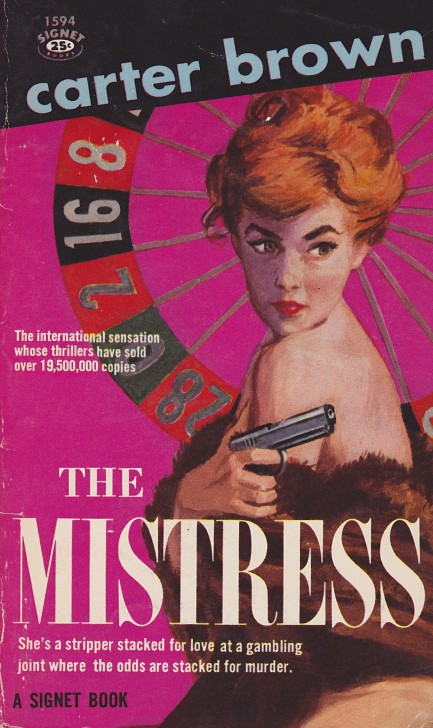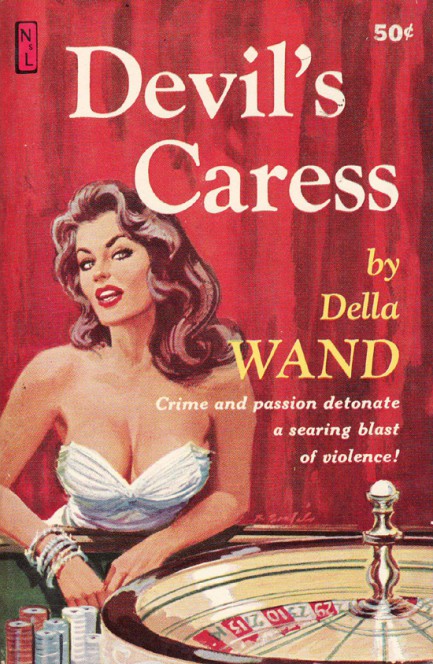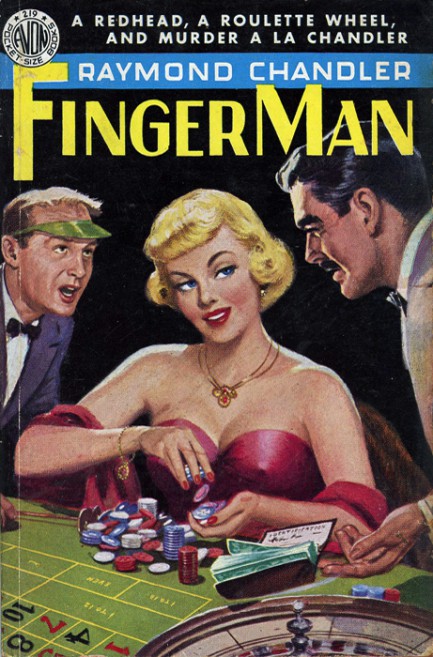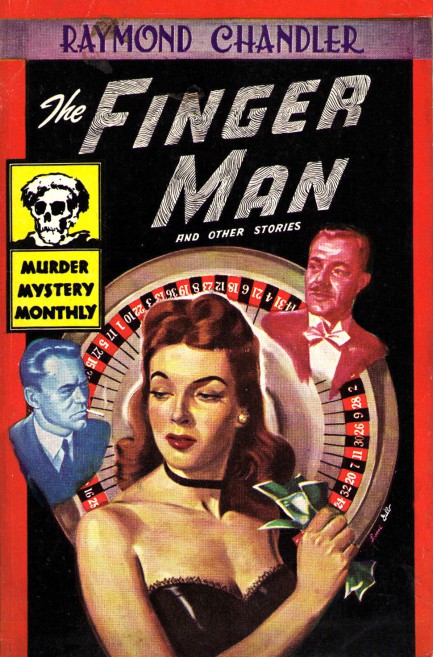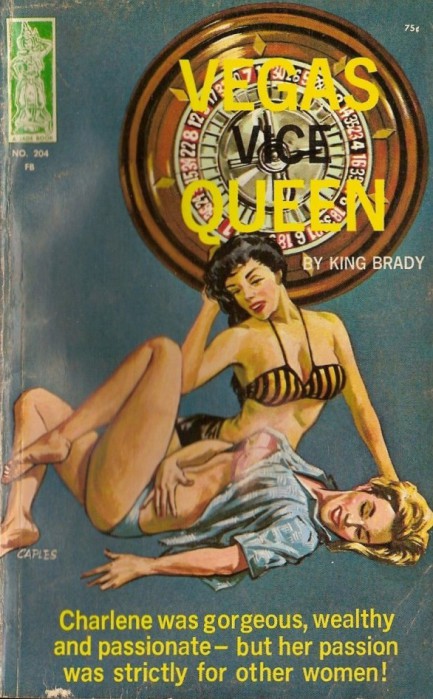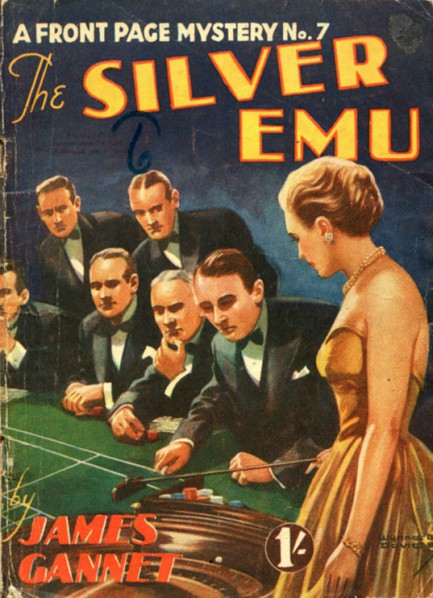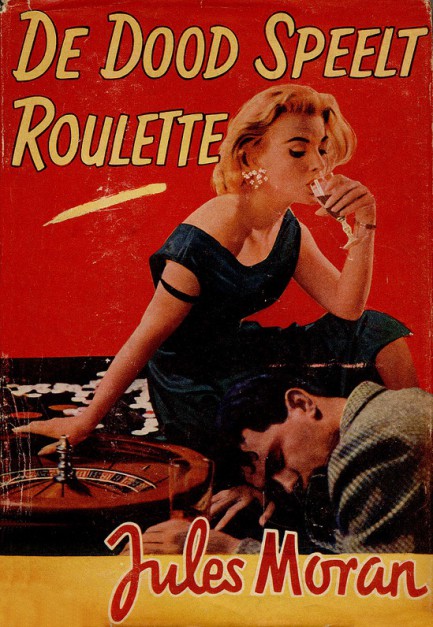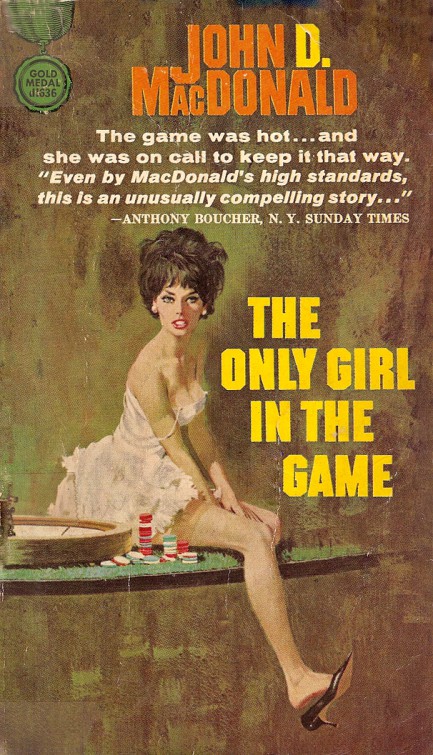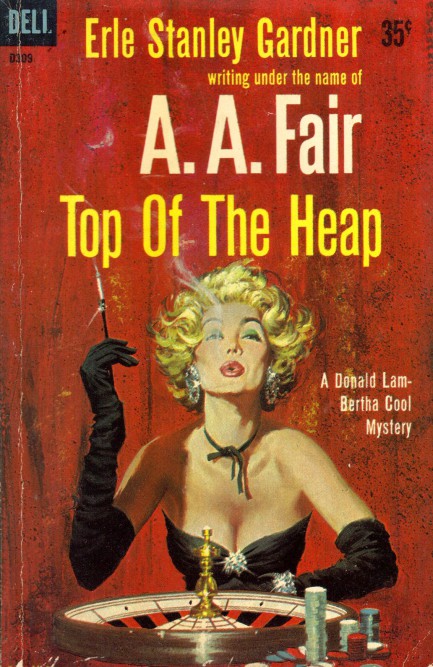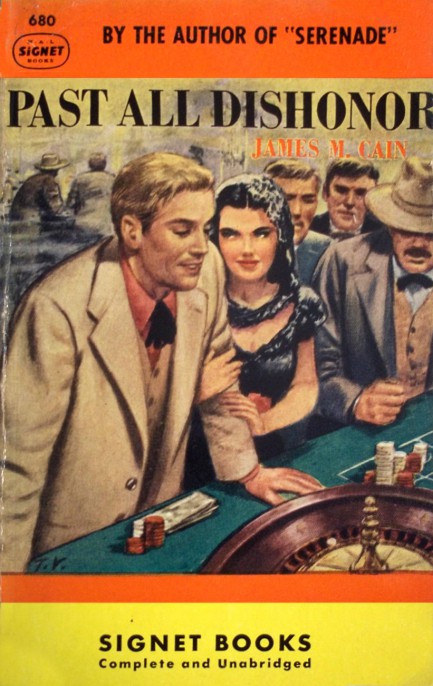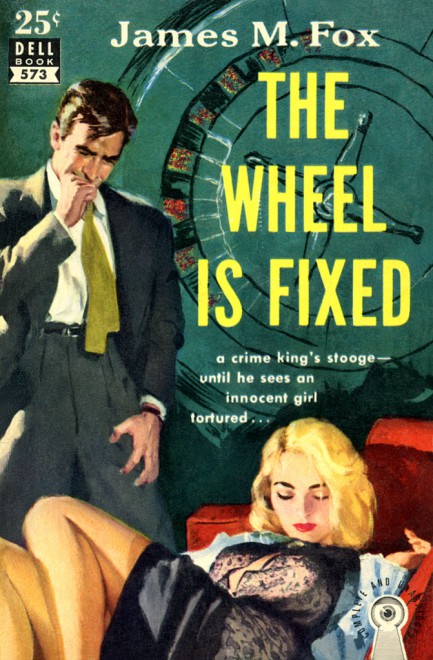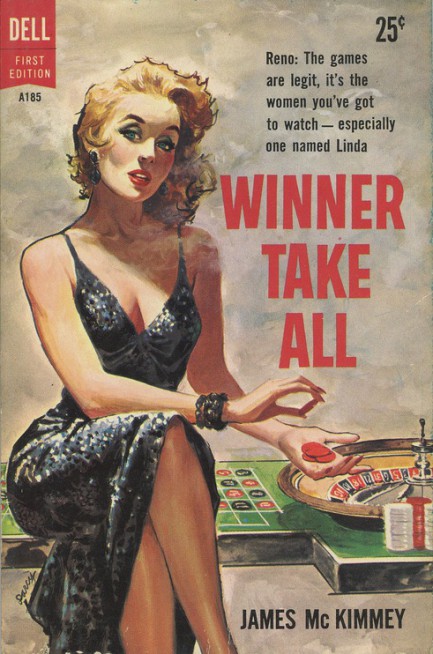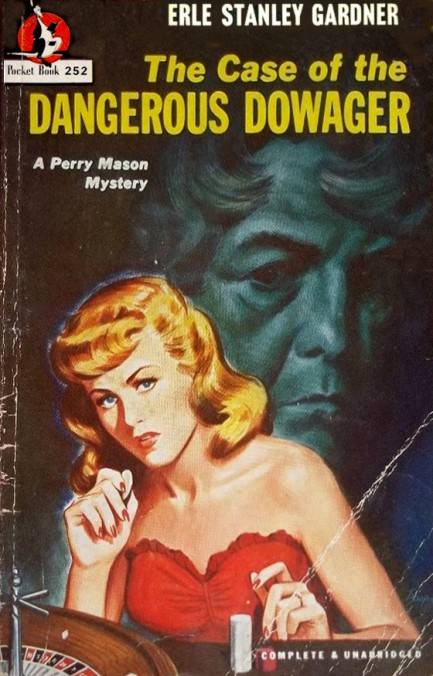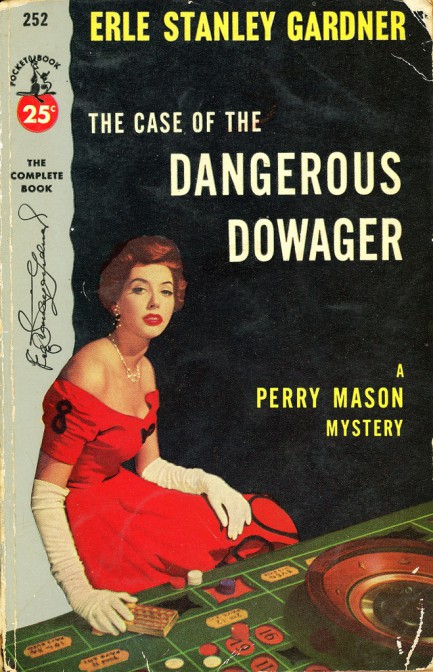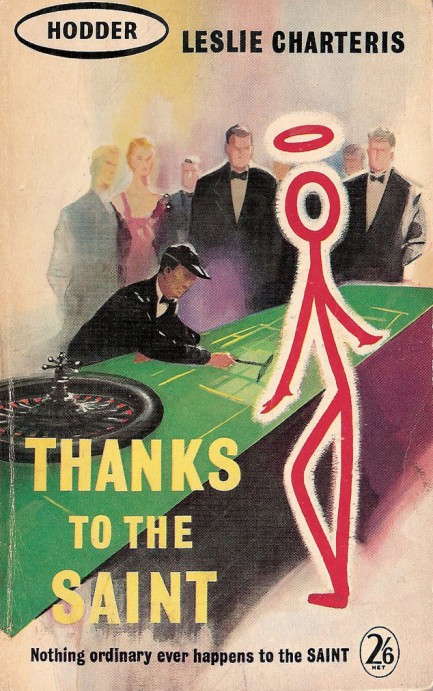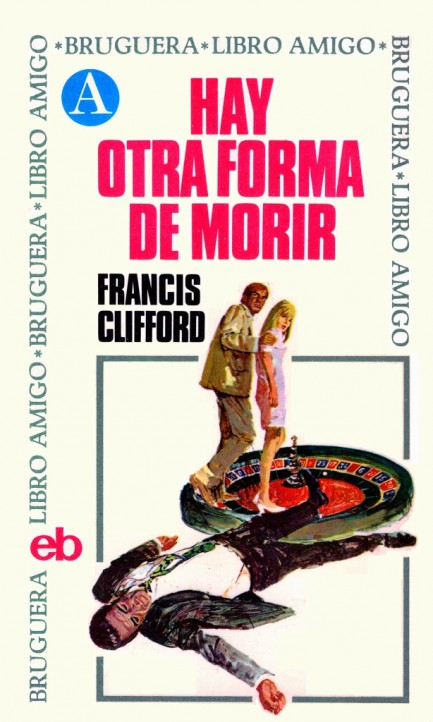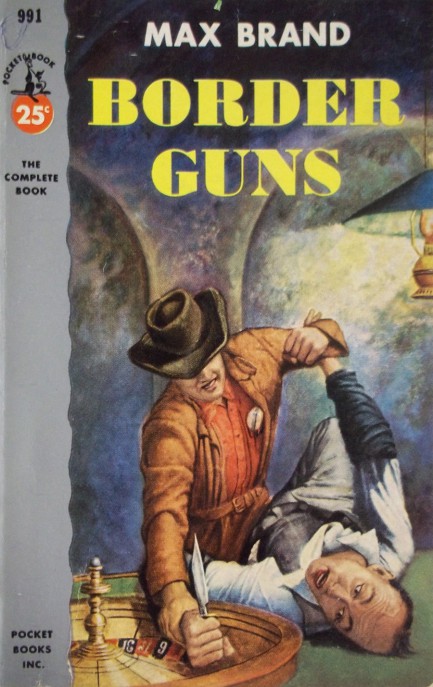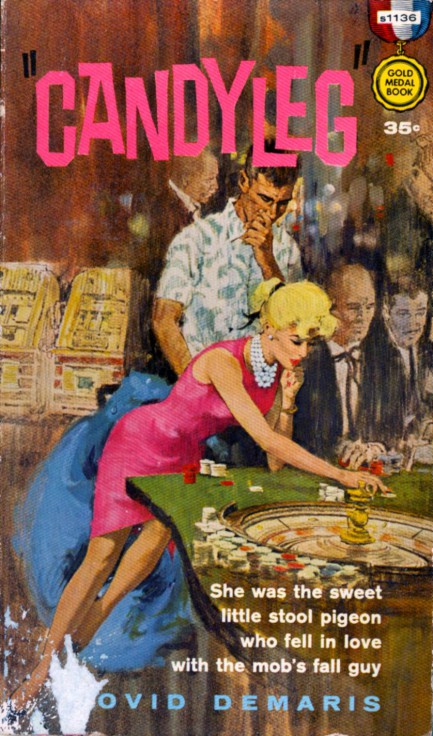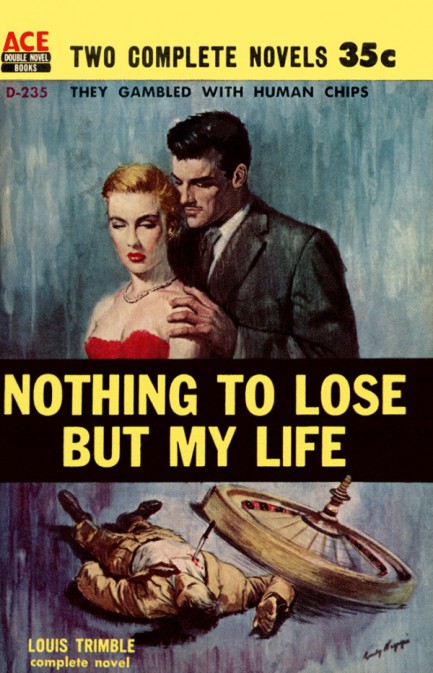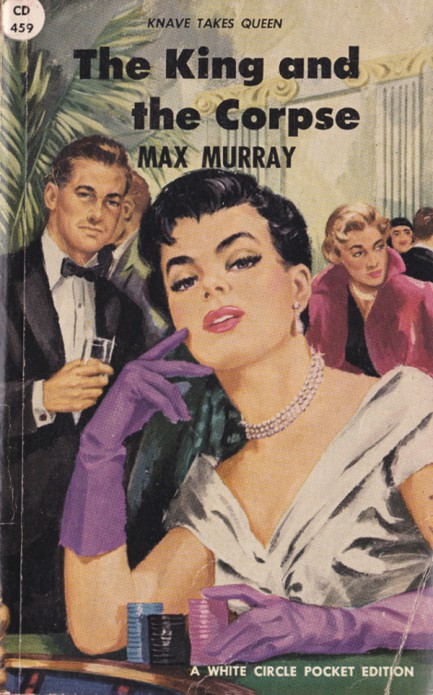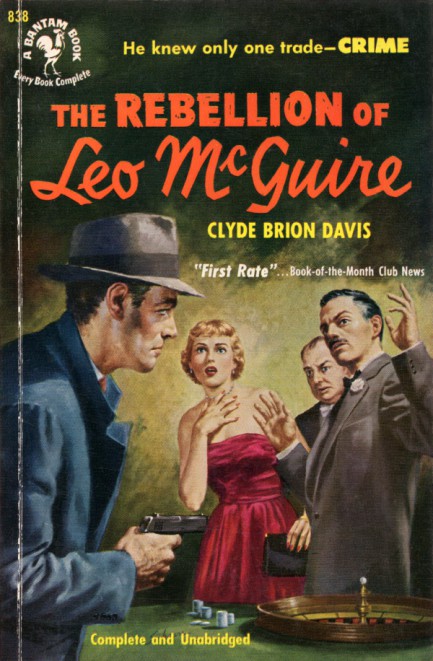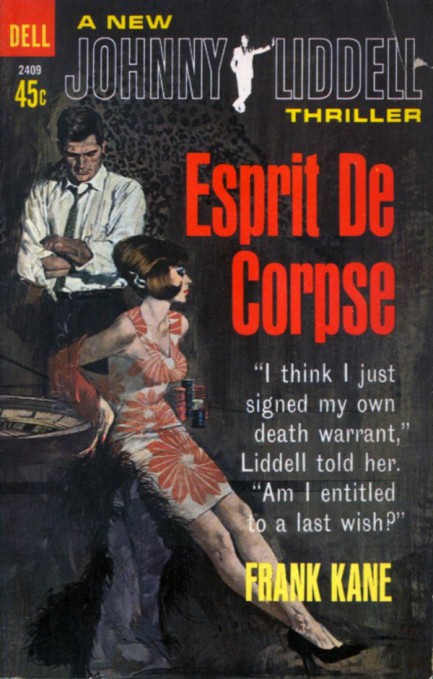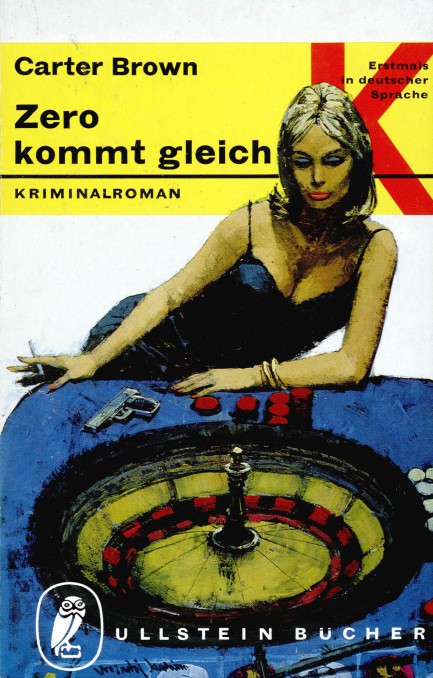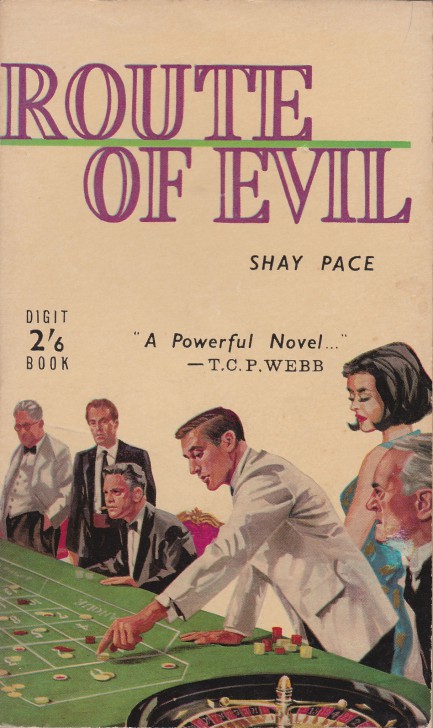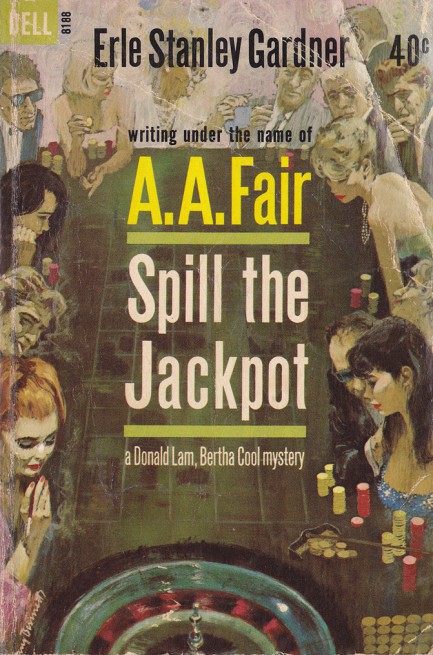 Revenge is a dish best served on land. Served at sea it might come back up the wrong way. 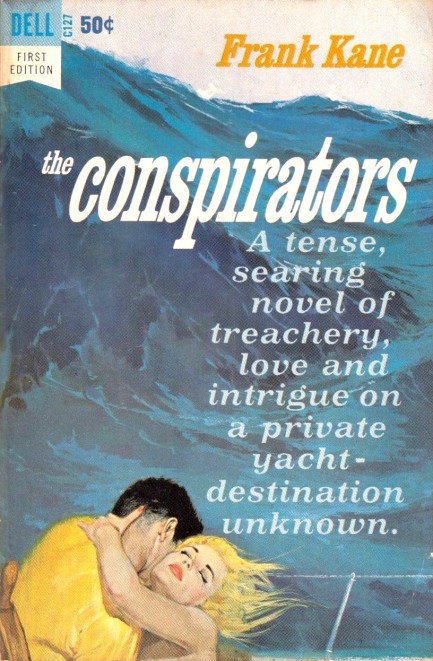
Mort Engle art fronts this Dell edition of Frank Kane's 1962 novel The Conspirators, the improbable tale of a tycoon named Howard Carter who takes an ill-fated yachting trip from New York City to the French Riviera and onward toward Crete and Turkey with his wife, lawyer, and various acquaintances. Carter is not a nice guy, while his guests are mainly sniveling, underhanded, and weak. Why then has he invited them onto his yacht? Good question. He plans to hold them helpless while the machinery of revenge churns. They tried to double-cross him on a land deal, which in reality was an elaborate loyalty test/entrapment he set up in the first place. He can't wait to see their faces when he reveals that they've profited nothing except maybe prison terms for embezzlement, and, stuck on the boat, they can do nothing to help themselves—except possibly beg for mercy.
But Carter hasn't considered that this disloyal crowd might fight back. They might, for example, knock him over the head and toss him overboard. We didn't blame them a bit for deep-sixing him. Carter is one of the meanest characters we've come across in fiction. There's an Ayn Randian shading to his portrayal, and you already know we hate Rand's objectivist horseshit. The land swindle was even over a parcel named Galt, just to make Kane's thinking clear. In any case, sending Carter over the side is not the end of the conspirators' problems, but we won't tell you more of the plot except to say that it's malarky. But Kane can write, so the story comes across mostly okay. We can't say we were enamored of him repeatedly describing one of the characters—a blonde woman—as “the snowtop.” That's just bizarre. But all authors have quirks. The Conspirators is an entertaining voyage.
 But it's important to make sure the pain is someone else's. 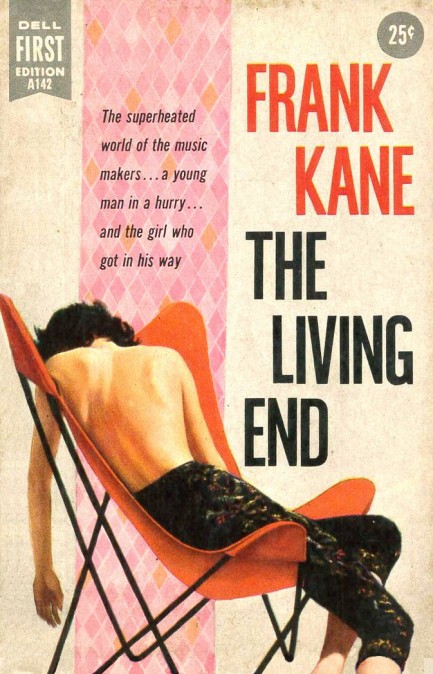
American author Frank Kane is well known for his many Johnny Lidell detective mysteries, which appeared from from 1947 to 1967. The Living End, from ’57, sets the world of detectives aside and tells readers about aspiring songwriter Eddie Marlon's meteoric rise from assistant at a radio station to the biggest disc jockey in New York City. Along with that, naturally, comes the usual doses of greed, betrayal, hubris, and the sowing of the seeds of his own potential destruction.
The cover art by Victor Kalin depicts the moment Marlon's ascent begins. A big shot record exec whips an ambitious singer until she's close to death, slumped shirtless in a chair. Marlon is called in to take the blame. It's a huge risk, because if she dies he's up the creek, but if she doesn't he'll be rewarded with anything he wants, which is his own radio show. The singer survives, keeps her terrible abuse a secret because she wants a career in music too, and Marlon gets an on-air slot and is soon rising through the ranks of FM radio deejays. The whole incident feels a bit Weinsteinian, which makes it all the more visceral. But did we mention those seeds of destruction? Getting to the top is hard, but staying on top is harder, particularly when you've stepped on so many people. The Living End is a good book, but one thing we didn't like was Kane's insistence on constantly—sometimes four or five times in a few pages—referring to Marlon as “the thin man.” Everyone within the narrative calls him “the kid.” So why not use that as his non-name reference? Strange. But otherwise, decent work, and a fun depiction of the payola days of FM radio. Apparently Kane revisited the music industry with a novel called Juke Box King. We'll try to find that and report back.
 Caught you! Get back to the book cover you came from, young lady, and stay there! 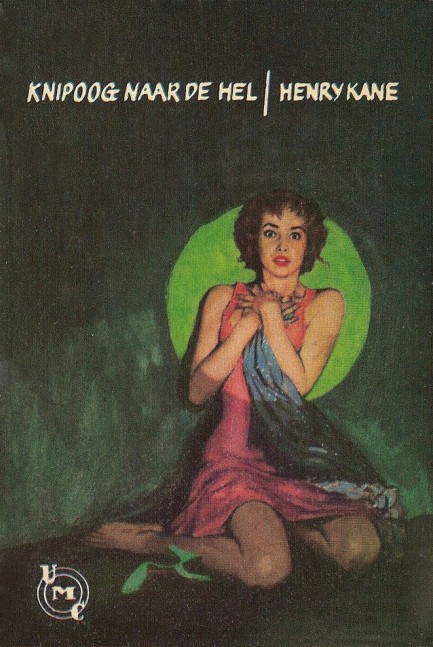
Above is a rather nice cover for Knipoog naar de hel, which in Dutch means “wink to hell.” This was published by the Rotterdam based company Uitgeversmij de Combinatie, and it's a translation of Henry Kane's 1964 thriller Snatch an Eye. As you can see at right (unless you're on a mobile device, in which case it's above), Uitgeversmij borrows art from Frank Kane's (no relation) 1956 Dell Publications novel Green Light for Death. The art for that was by Victor Kalin. The Dutch art is obviously a reworking of the original. 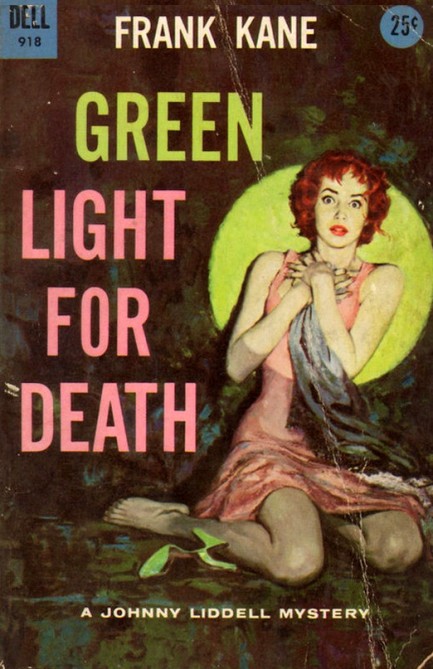 So here we go again. Is the copy by Kalin? Was it licensed? In this case, we think the art is Kalin's original, rather than a knock off by some random unknown, because the actual figure is identical, though the background has been replaced and the spotlight has a marginally different outline. Perhaps this was licensed and Kalin actually got paid, but we doubt it. Why bother to change it in that case? More likely it was appropriated via the use of a good camera, a crisp negative, and a little retouching. Whatever the case may be, we really like this piece. So here we go again. Is the copy by Kalin? Was it licensed? In this case, we think the art is Kalin's original, rather than a knock off by some random unknown, because the actual figure is identical, though the background has been replaced and the spotlight has a marginally different outline. Perhaps this was licensed and Kalin actually got paid, but we doubt it. Why bother to change it in that case? More likely it was appropriated via the use of a good camera, a crisp negative, and a little retouching. Whatever the case may be, we really like this piece.
 Does this look like one of the top sixty pulp book covers of all time to you? 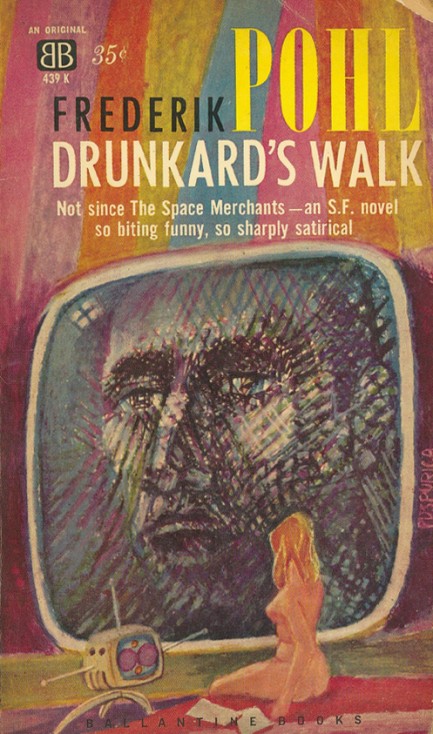
No, it doesn’t look like that to us either. Don’t get us wrong. It isn’t bad. But top sixty? Ever? Yet we found it on a site that included it in its top sixty, along with a collection of other covers of which we can honestly say only three were excellent. There was not one Fixler or Aslan to be found. Nary a J. David, nor a Peff, nor even a hint of a Rader. Clearly, whoever put the feature together took sixty random images off Flickr (yet watermarked the art they borrowed) and called it a day. This highlights one of the main problems with the internet: it’s difficult to know which sites are primarily focused upon providing information, and which exist solely to generate traffic revenue. A site can do both (as we try to do here with our very minimal ad presence), but when some corporate pulp site that possesses endless resources somehow misidentifies the pulp era as lasting from the 1950s to 1970s, and asserts that the term “pulp” was popularized by the movie Pulp Fiction, it’s clear that information has not only taken a back seat to traffic revenue—it’s being dragged 100 feet behind the car on a rope.
We would never presume to do something as subjective as select the best covers of all time, because who the hell are we? But we have, we hope, earned some credibility over the last three years. So on this, our official third anniversary, we're going to do a pulp cover collection of our own. We don't claim these are the best—only that we like them very much. We’re posting twenty-four because we’re too lazy to do sixty, but we think all of them are winners. A few have already appeared on our site; most have not. So here we go. And thanks to the sites from which we borrowed some of these.
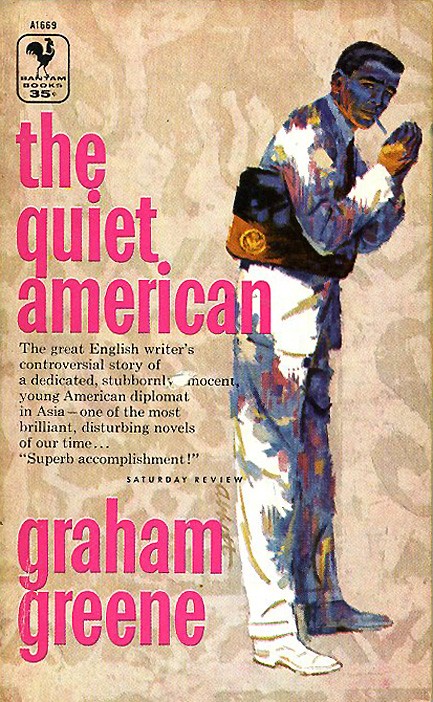 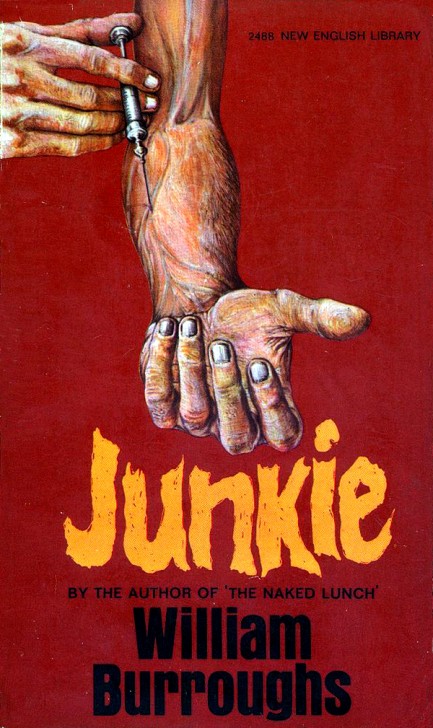 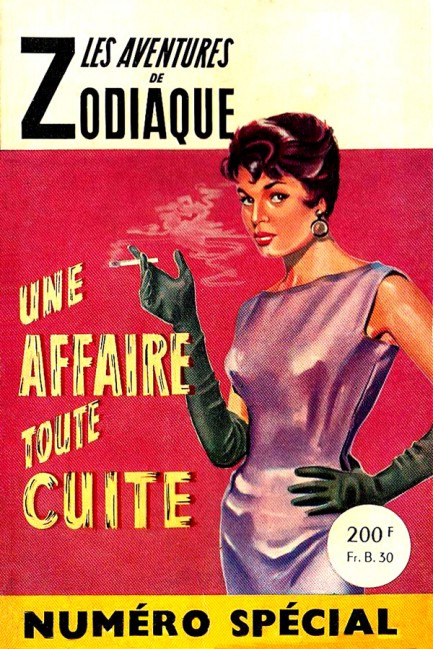 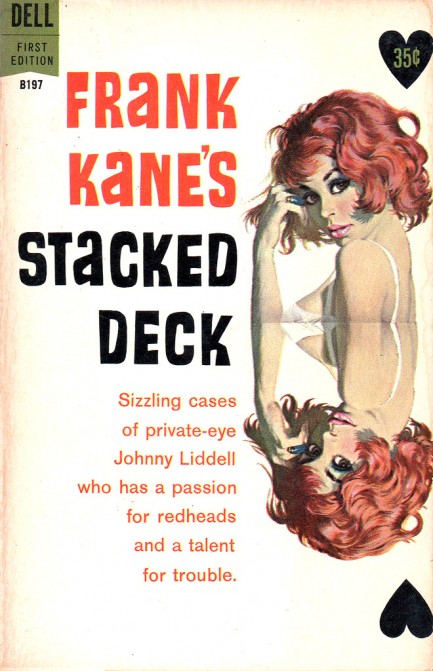 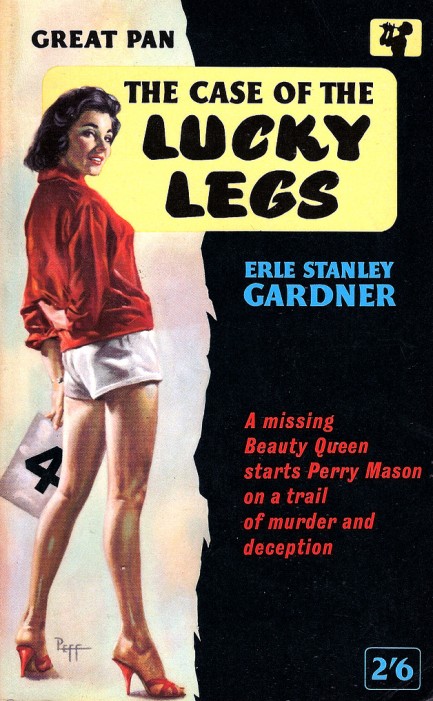 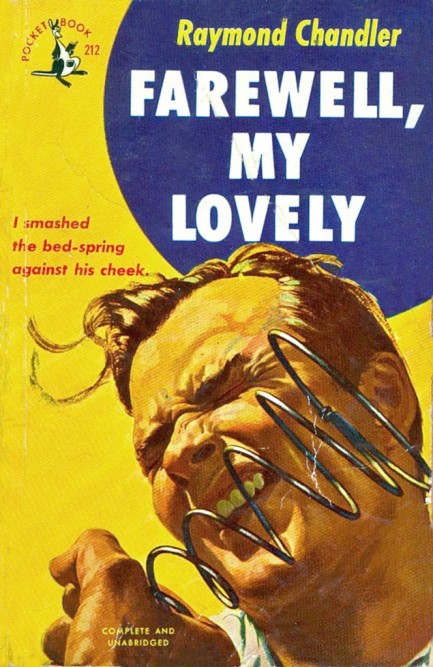 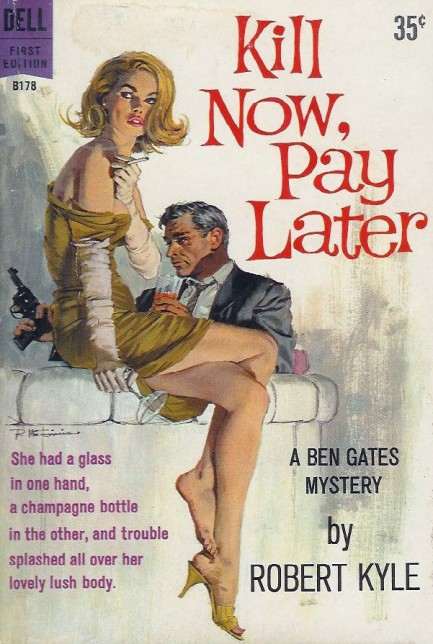 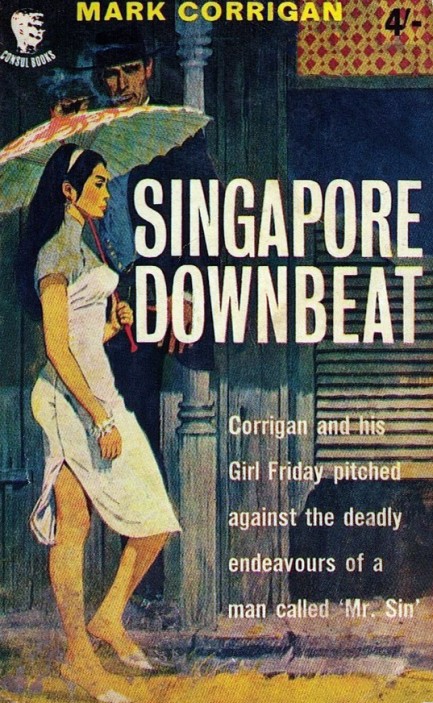 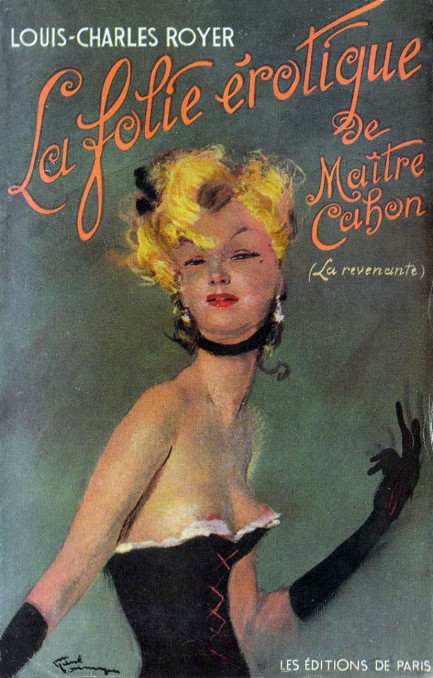 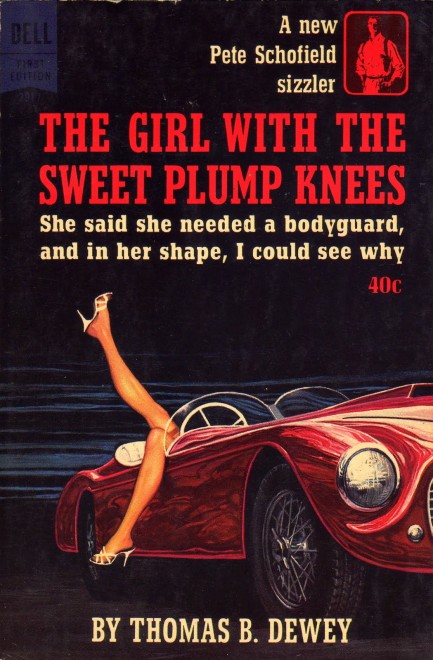 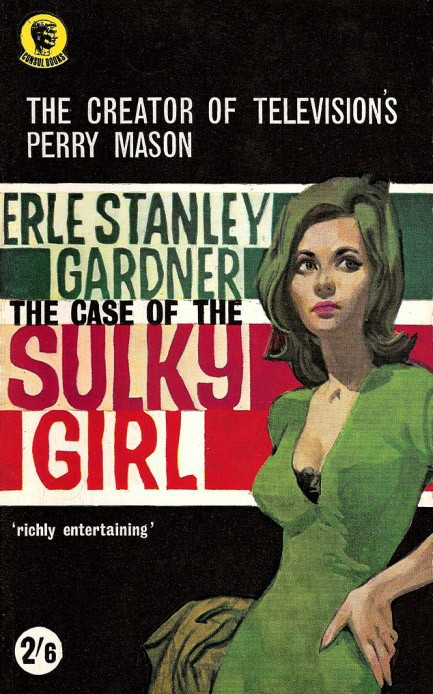 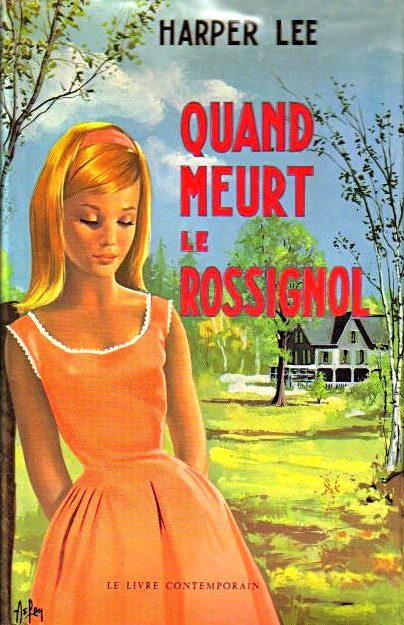 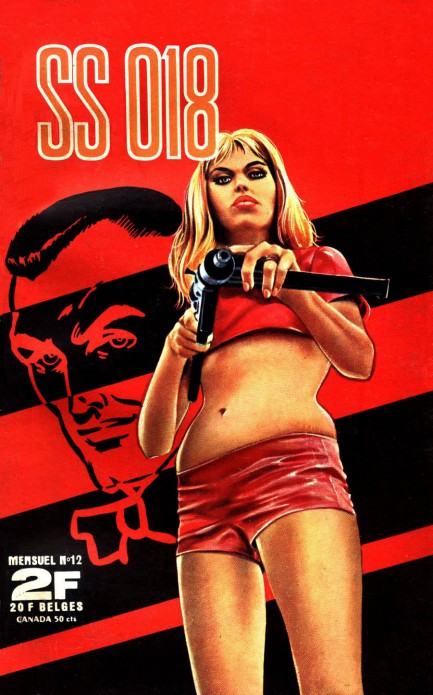 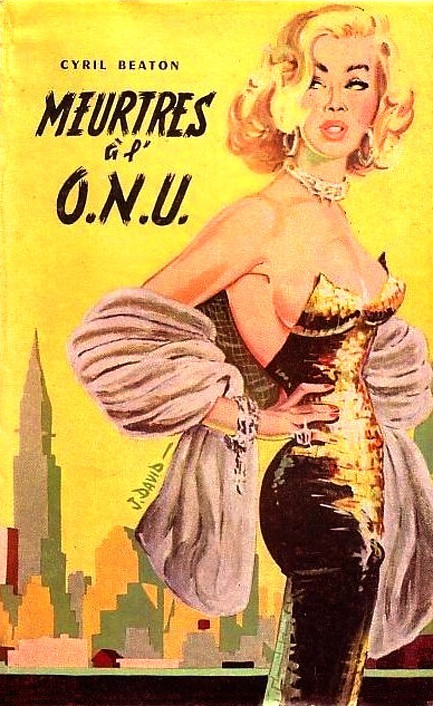 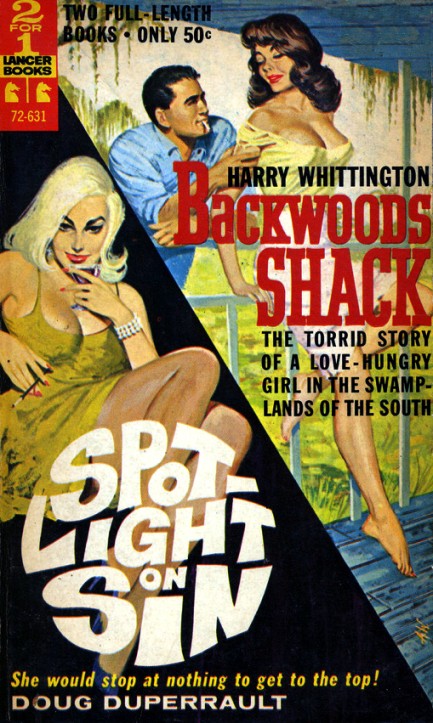   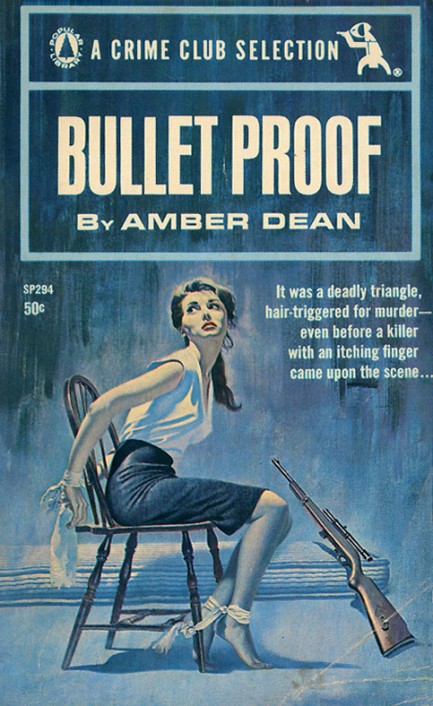 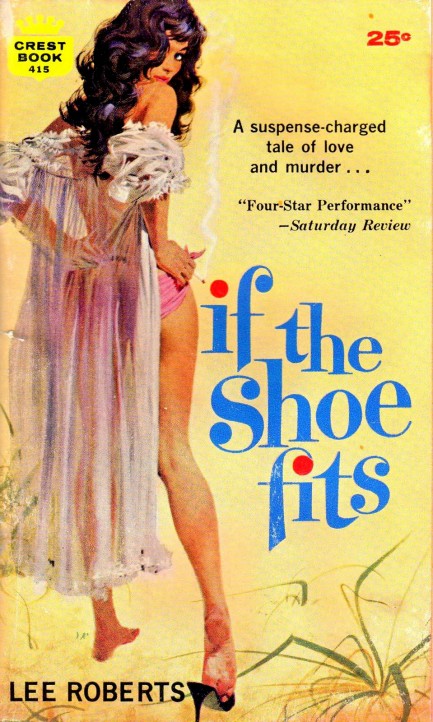 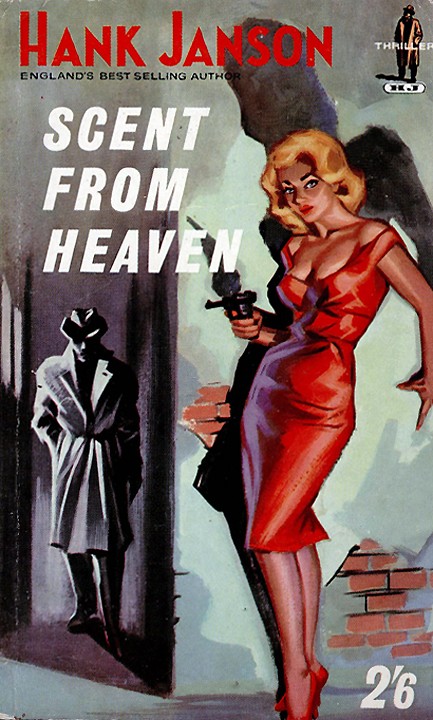  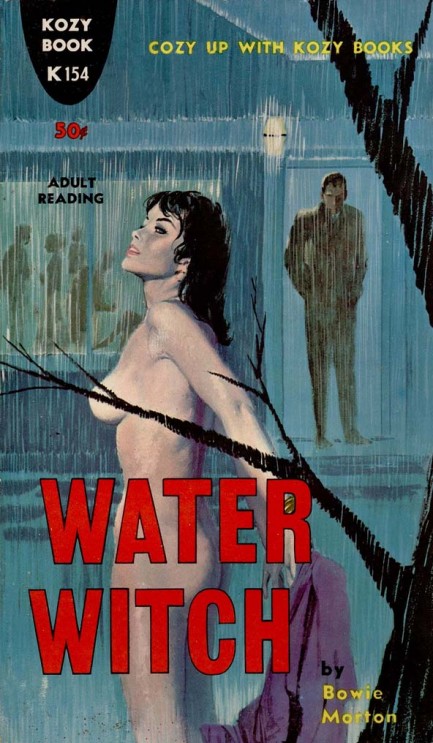 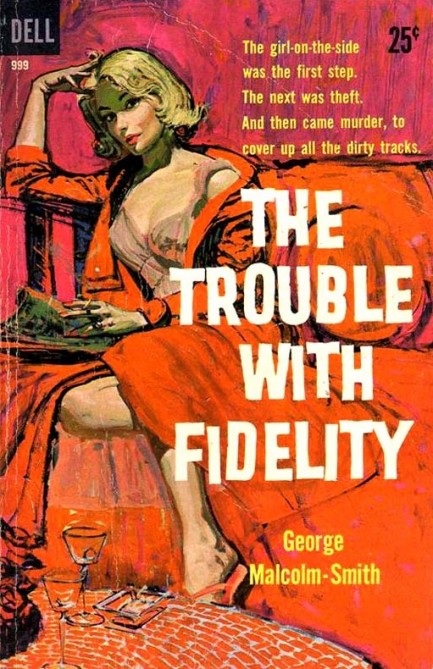
|
 |

The headlines that mattered yesteryear.
2003—Hope Dies
Film legend Bob Hope dies of pneumonia two months after celebrating his 100th birthday. 1945—Churchill Given the Sack
In spite of admiring Winston Churchill as a great wartime leader, Britons elect
Clement Attlee the nation's new prime minister in a sweeping victory for the Labour Party over the Conservatives. 1952—Evita Peron Dies
Eva Duarte de Peron, aka Evita, wife of the president of the Argentine Republic, dies from cancer at age 33. Evita had brought the working classes into a position of political power never witnessed before, but was hated by the nation's powerful military class. She is lain to rest in Milan, Italy in a secret grave under a nun's name, but is eventually returned to Argentina for reburial beside her husband in 1974. 1943—Mussolini Calls It Quits
Italian dictator Benito Mussolini steps down as head of the armed forces and the government. It soon becomes clear that Il Duce did not relinquish power voluntarily, but was forced to resign after former Fascist colleagues turned against him. He is later installed by Germany as leader of the Italian Social Republic in the north of the country, but is killed by partisans in 1945.
|

|
|

It's easy. We have an uploader that makes it a snap. Use it to submit your art, text, header, and subhead. Your post can be funny, serious, or anything in between, as long as it's vintage pulp. You'll get a byline and experience the fleeting pride of free authorship. We'll edit your post for typos, but the rest is up to you. Click here to give us your best shot.

|
|



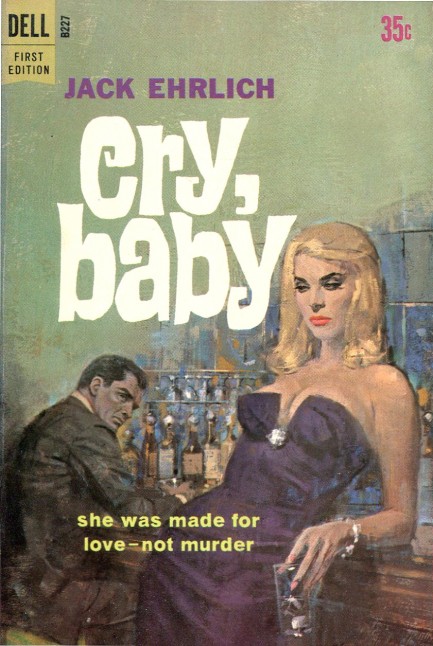
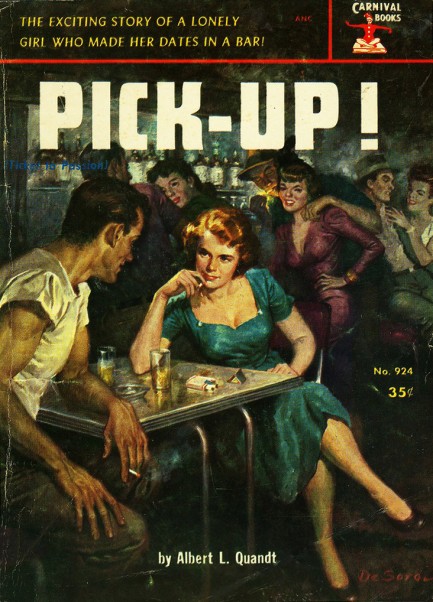
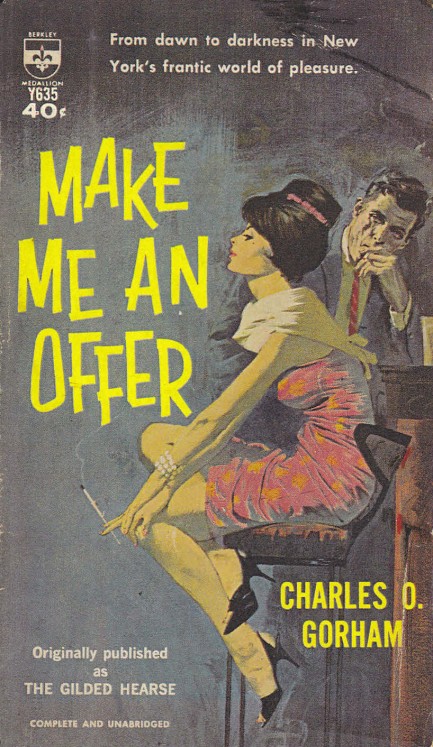
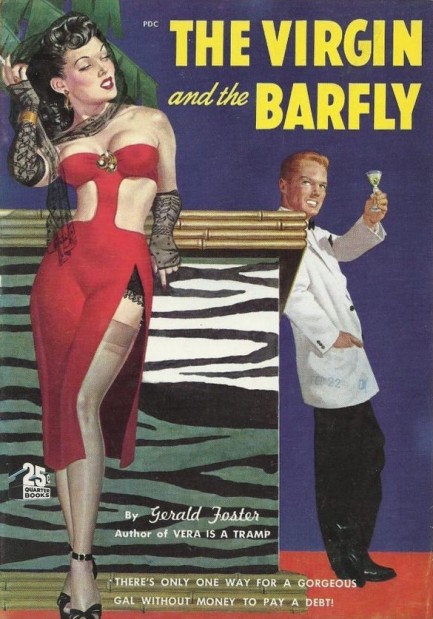
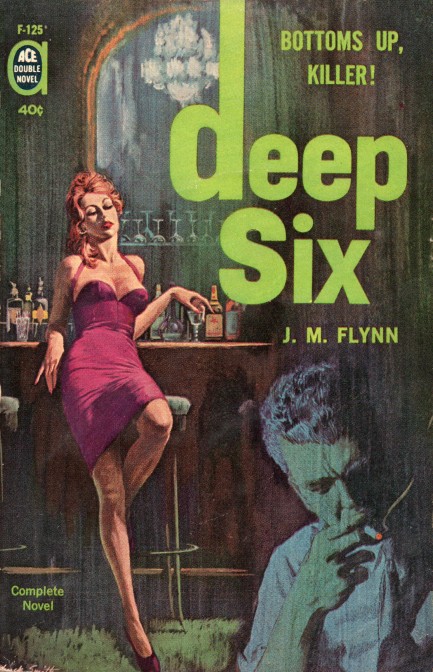
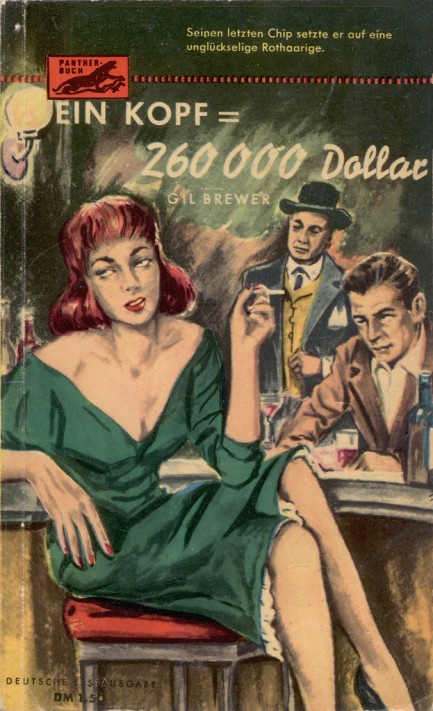
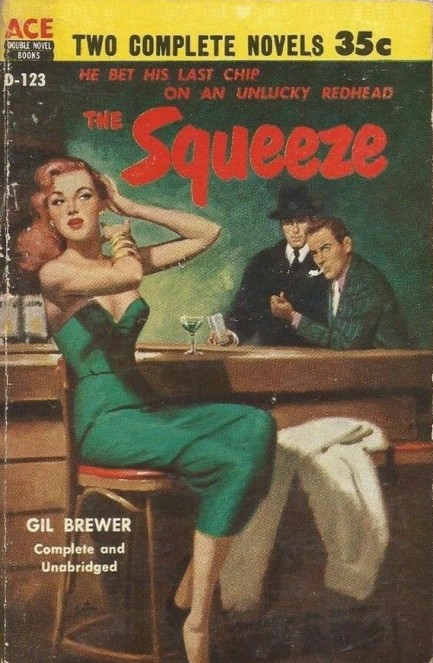
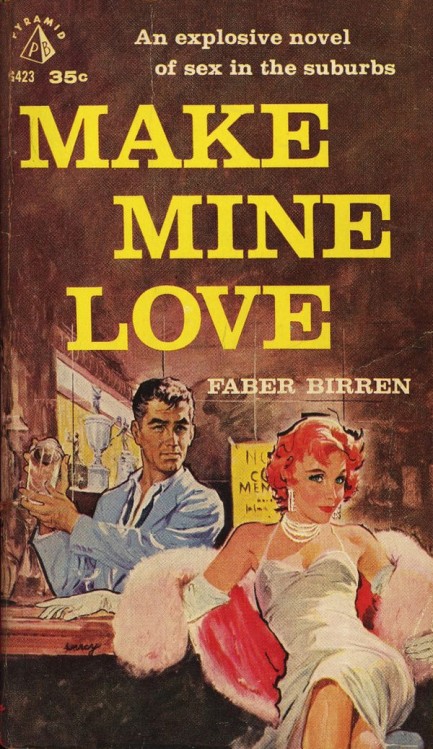
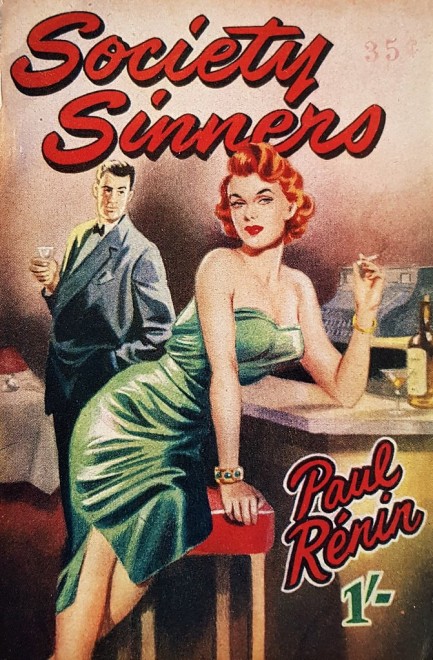
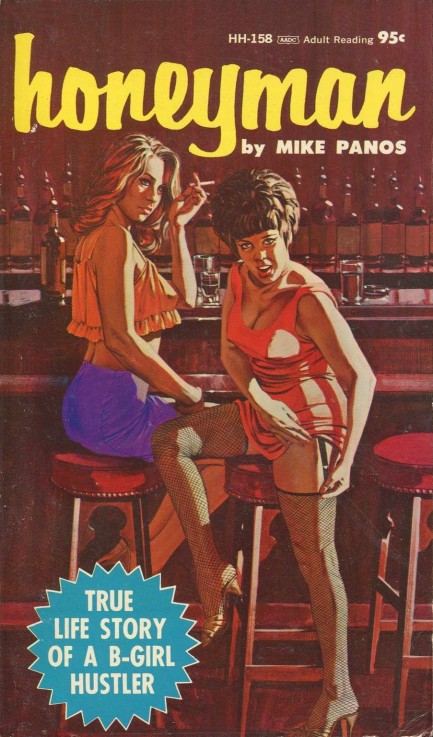
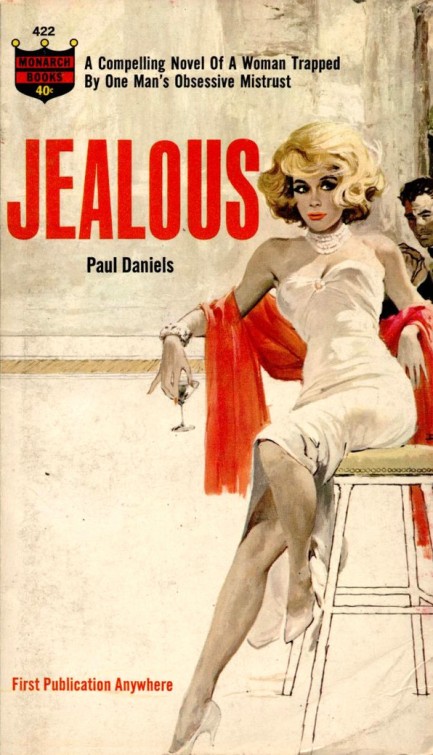
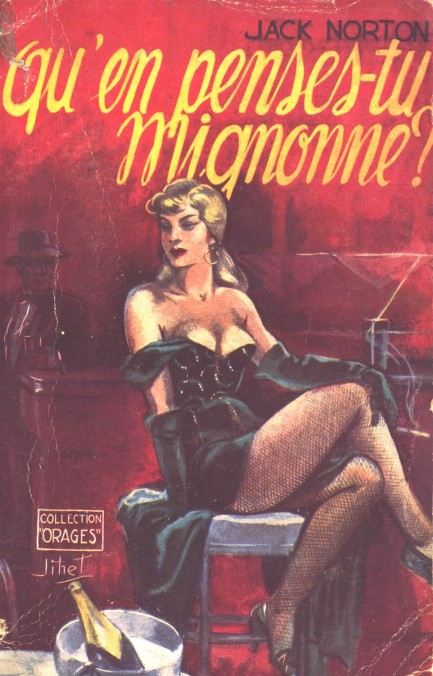
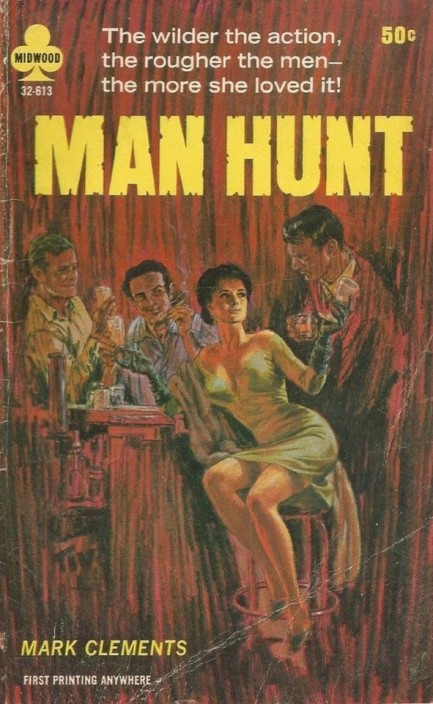
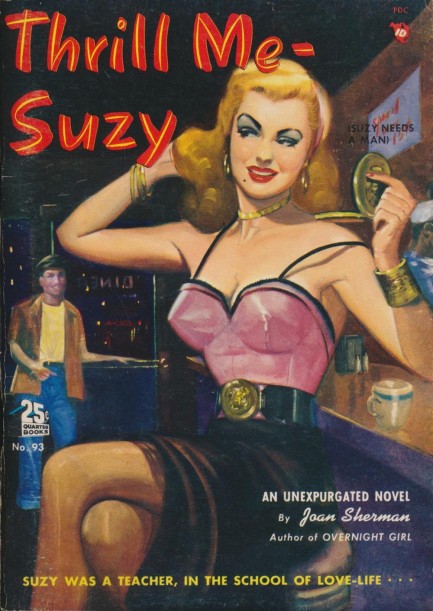
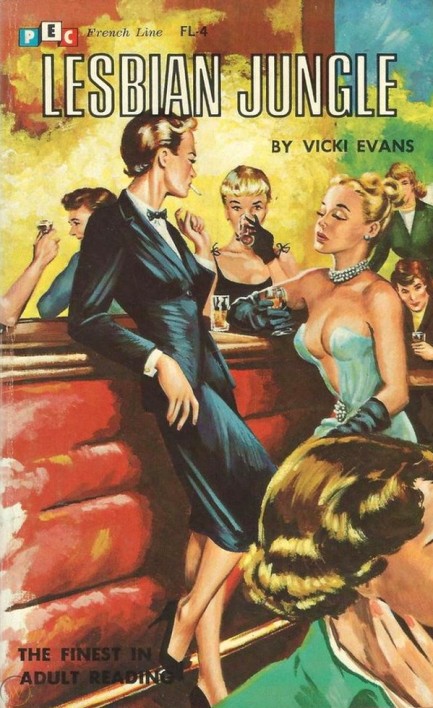
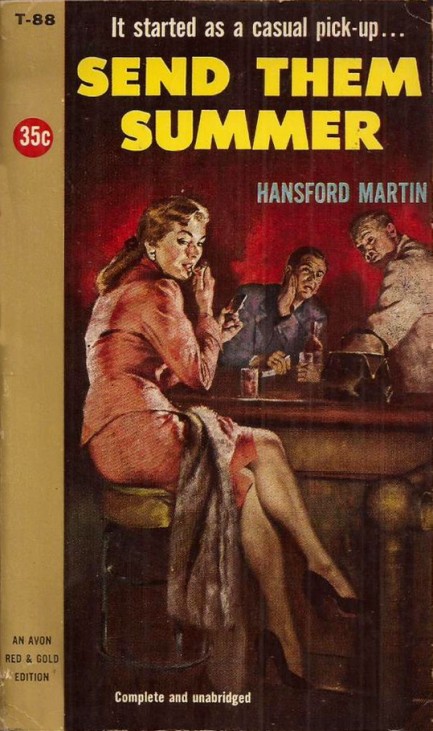
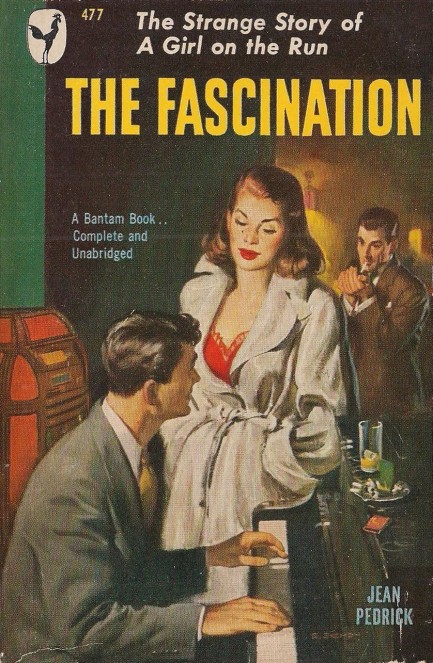
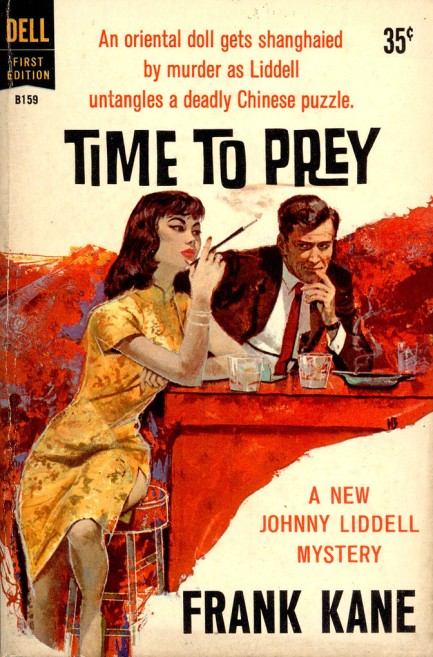
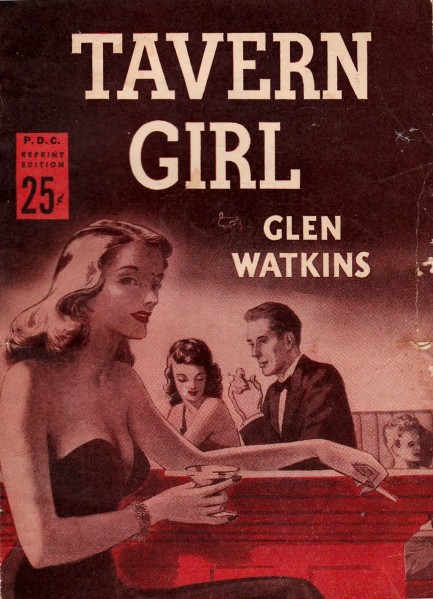
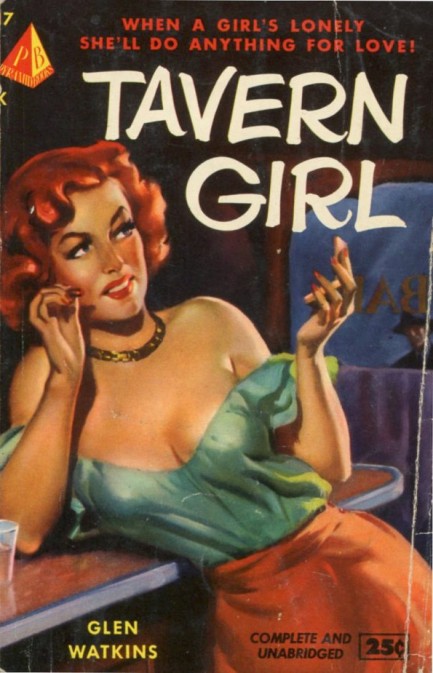
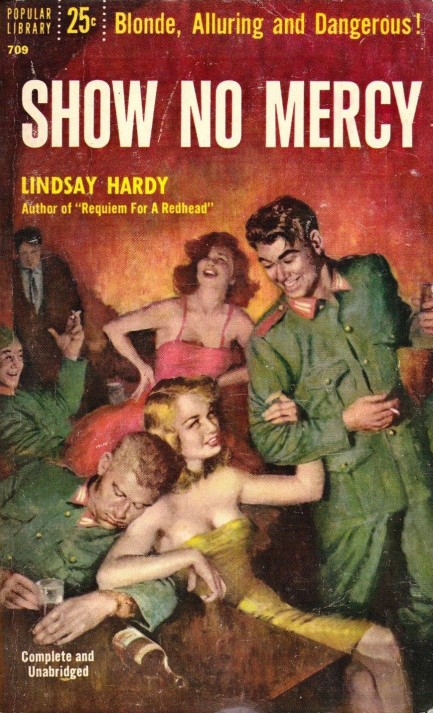
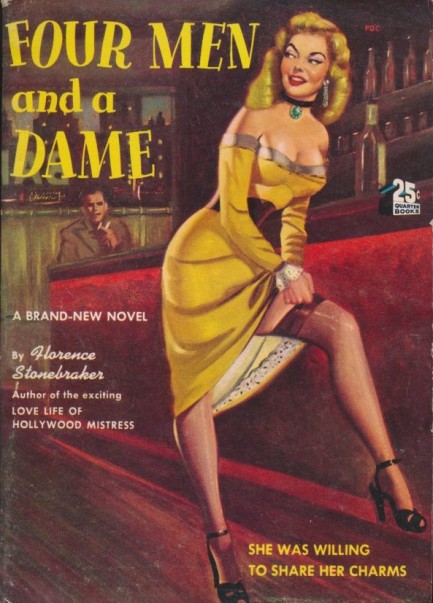
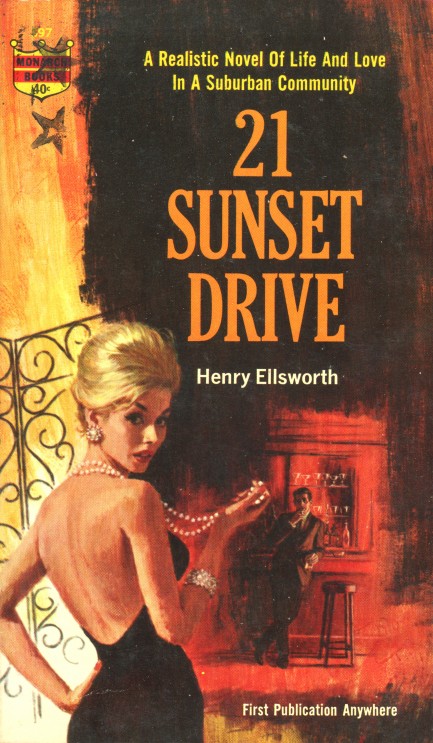
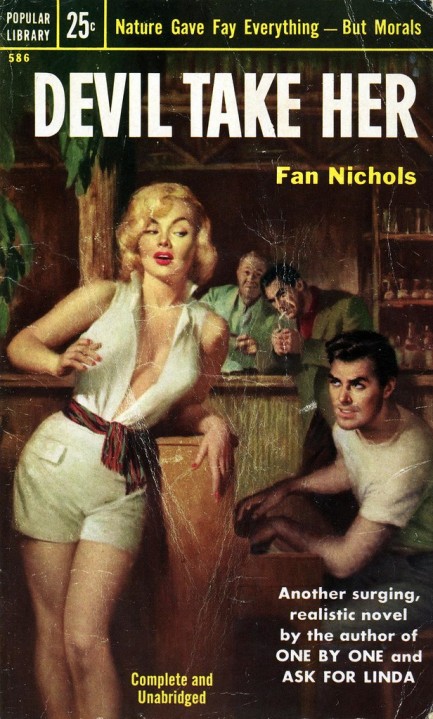
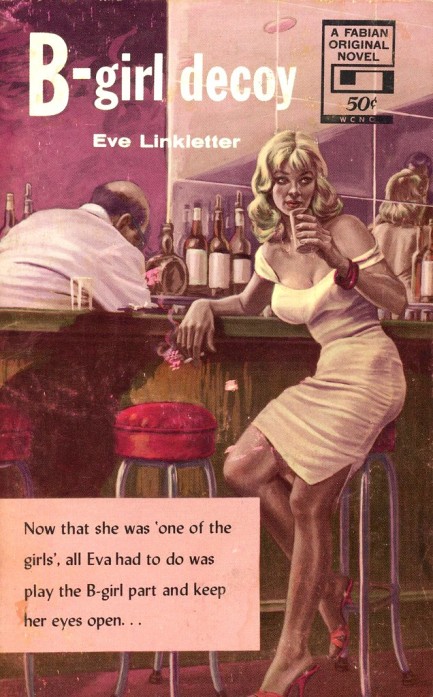
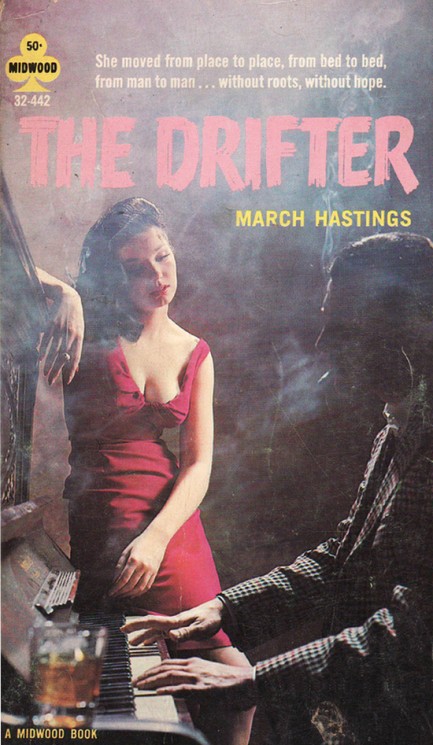
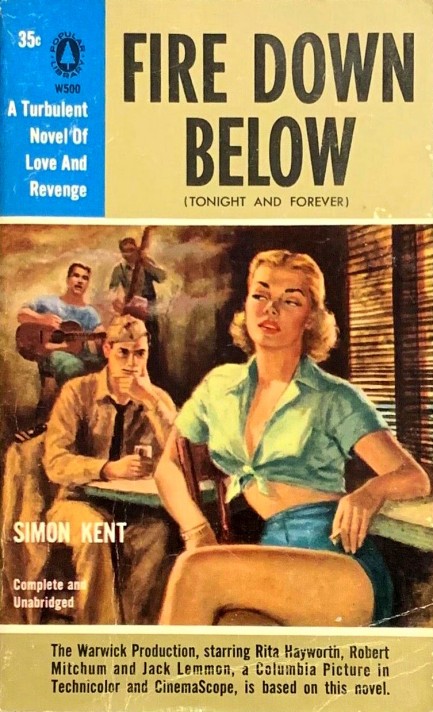
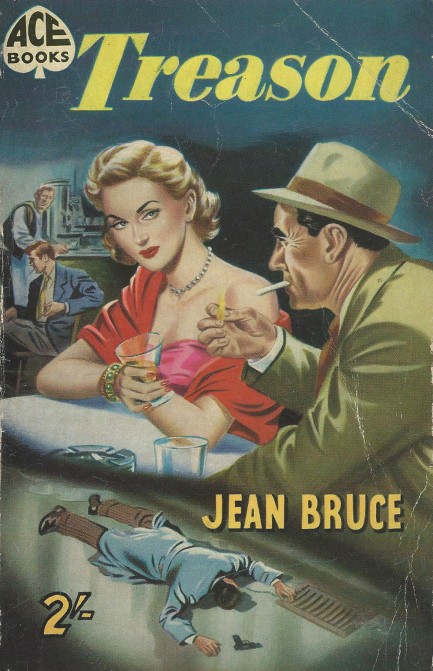
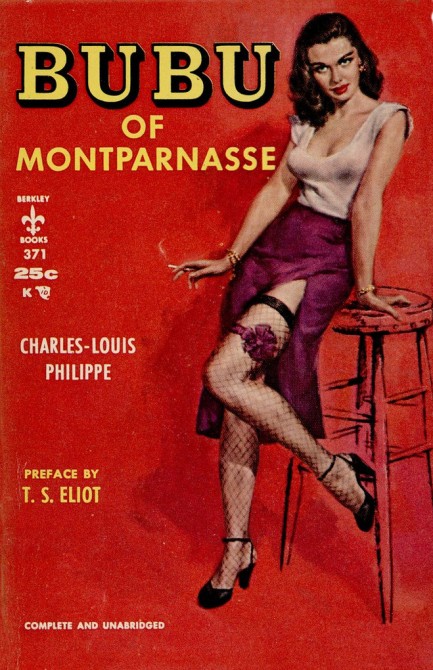
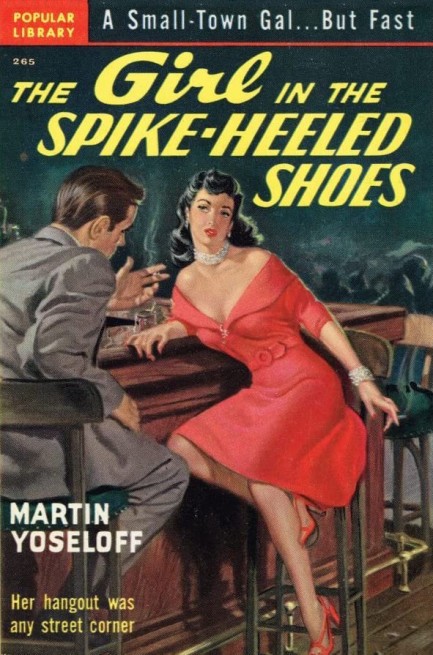
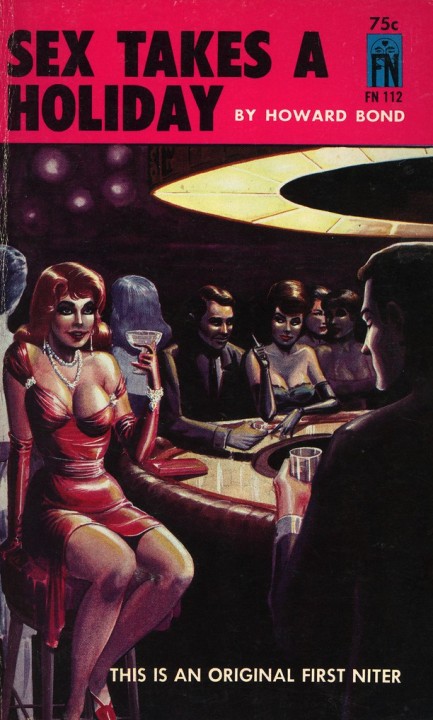
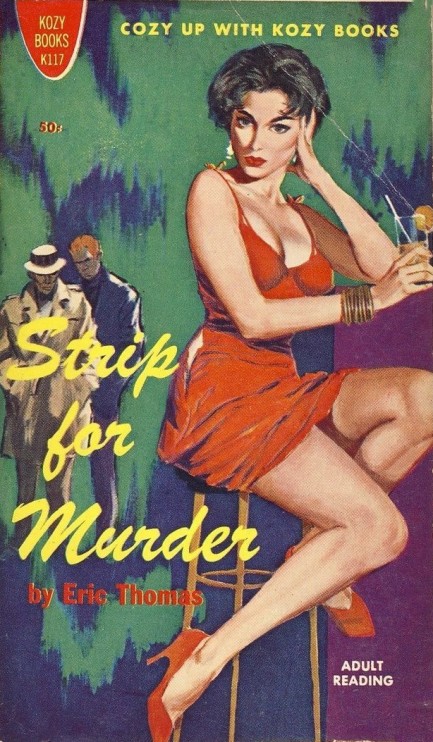
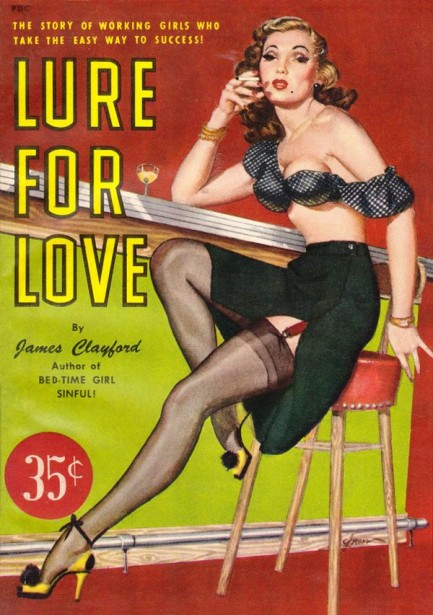
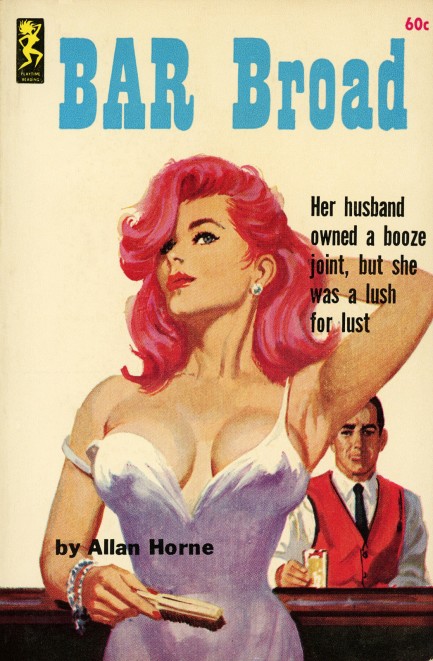

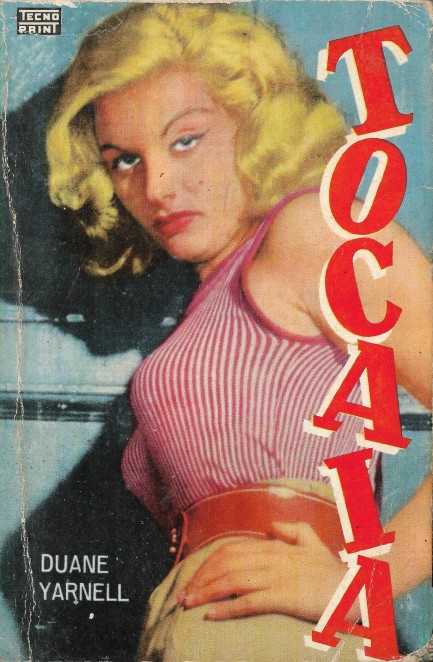
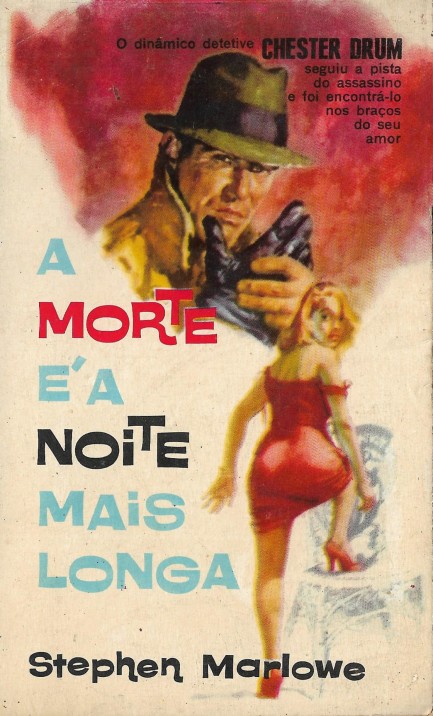
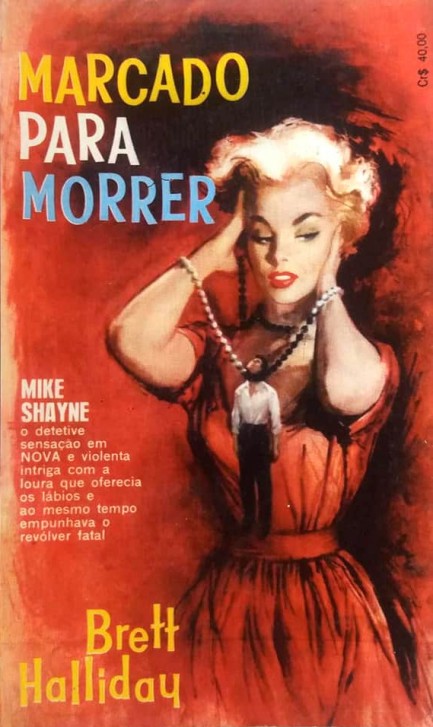
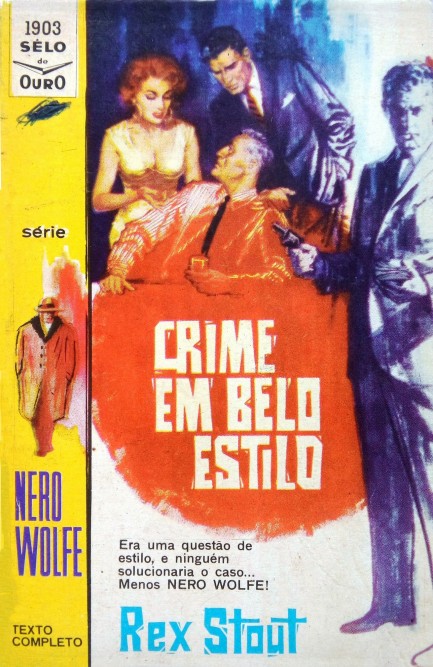
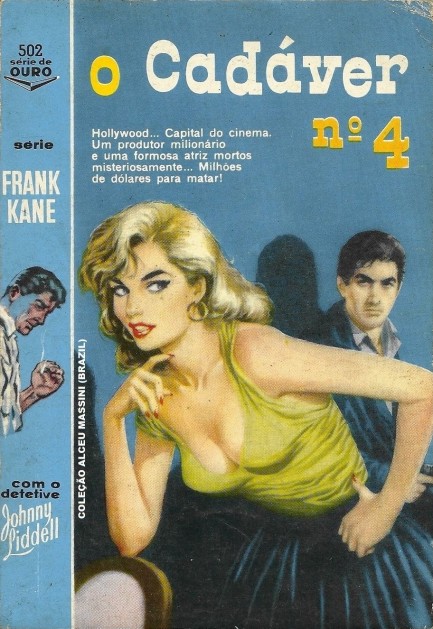


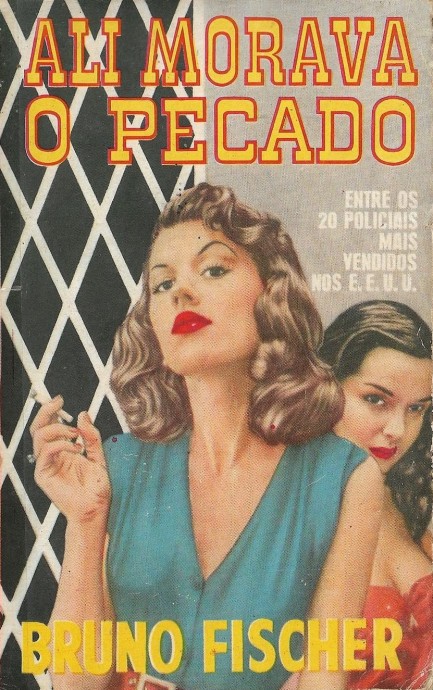




 So here we go again. Is the copy by Kalin? Was it licensed? In this case, we think the art is Kalin's original, rather than a knock off by some random unknown, because the actual figure is identical, though the background has been replaced and the spotlight has a marginally different outline. Perhaps this was licensed and Kalin actually got paid, but we doubt it. Why bother to change it in that case? More likely it was appropriated via the use of a good camera, a crisp negative, and a little retouching. Whatever the case may be, we really like this piece.
So here we go again. Is the copy by Kalin? Was it licensed? In this case, we think the art is Kalin's original, rather than a knock off by some random unknown, because the actual figure is identical, though the background has been replaced and the spotlight has a marginally different outline. Perhaps this was licensed and Kalin actually got paid, but we doubt it. Why bother to change it in that case? More likely it was appropriated via the use of a good camera, a crisp negative, and a little retouching. Whatever the case may be, we really like this piece.
